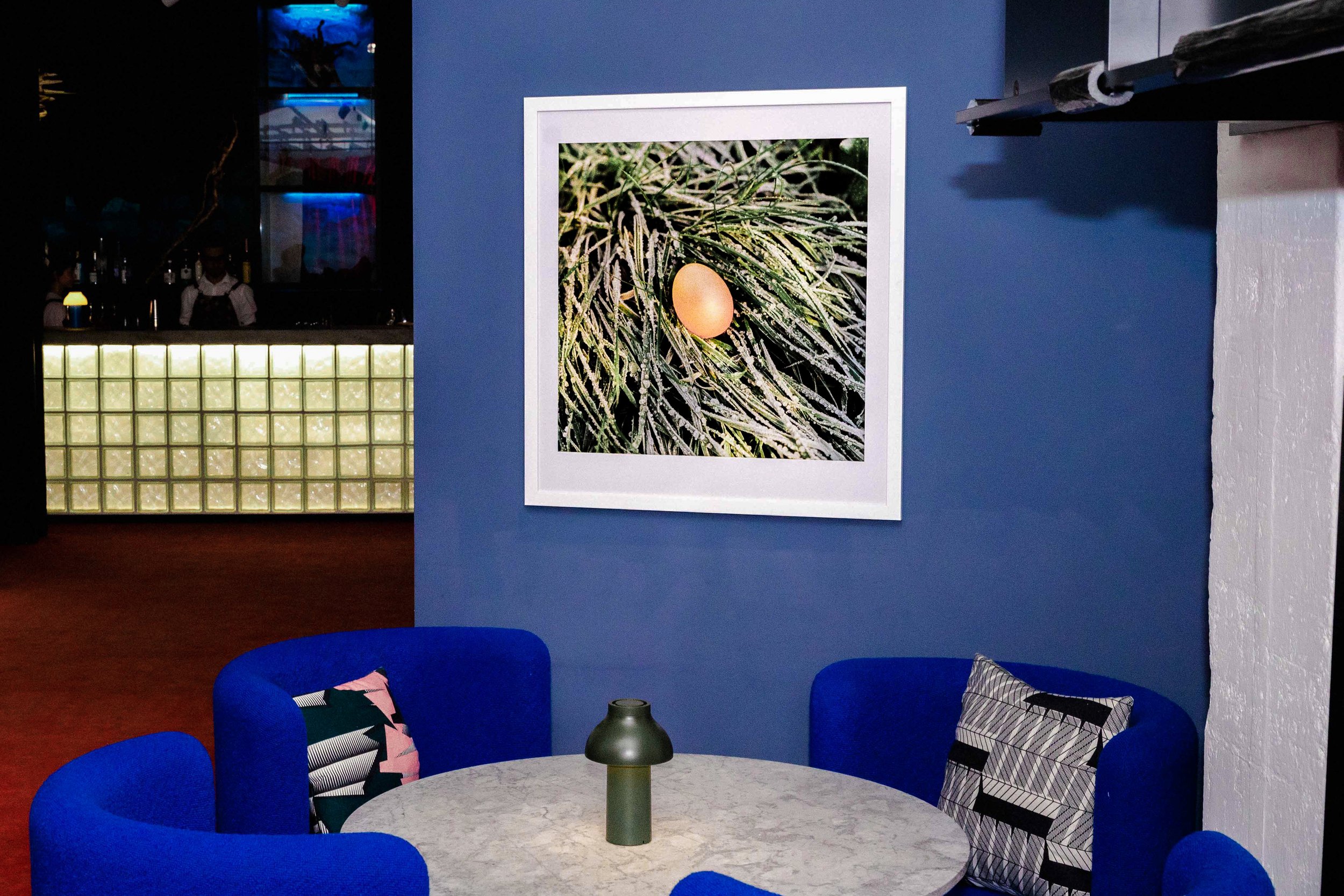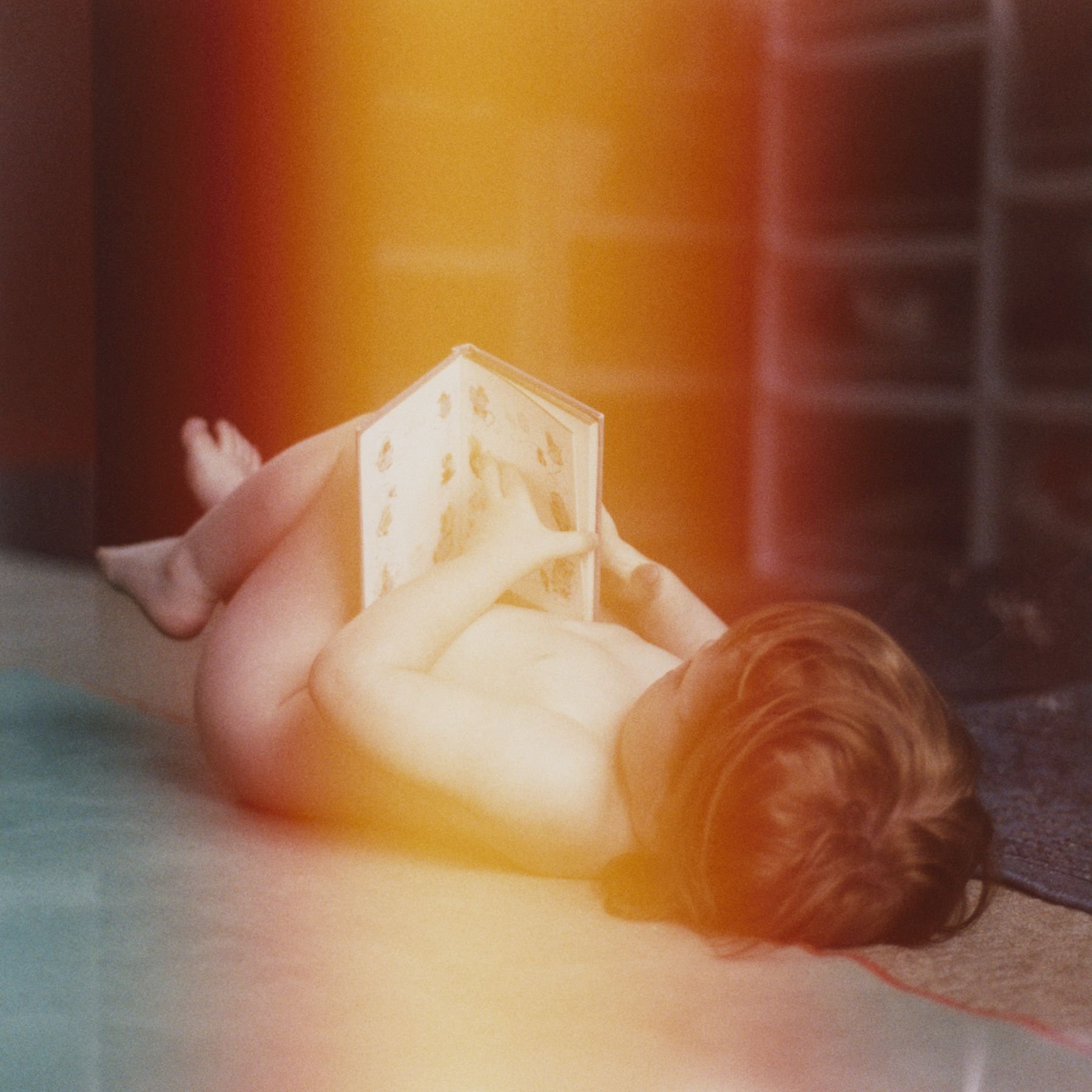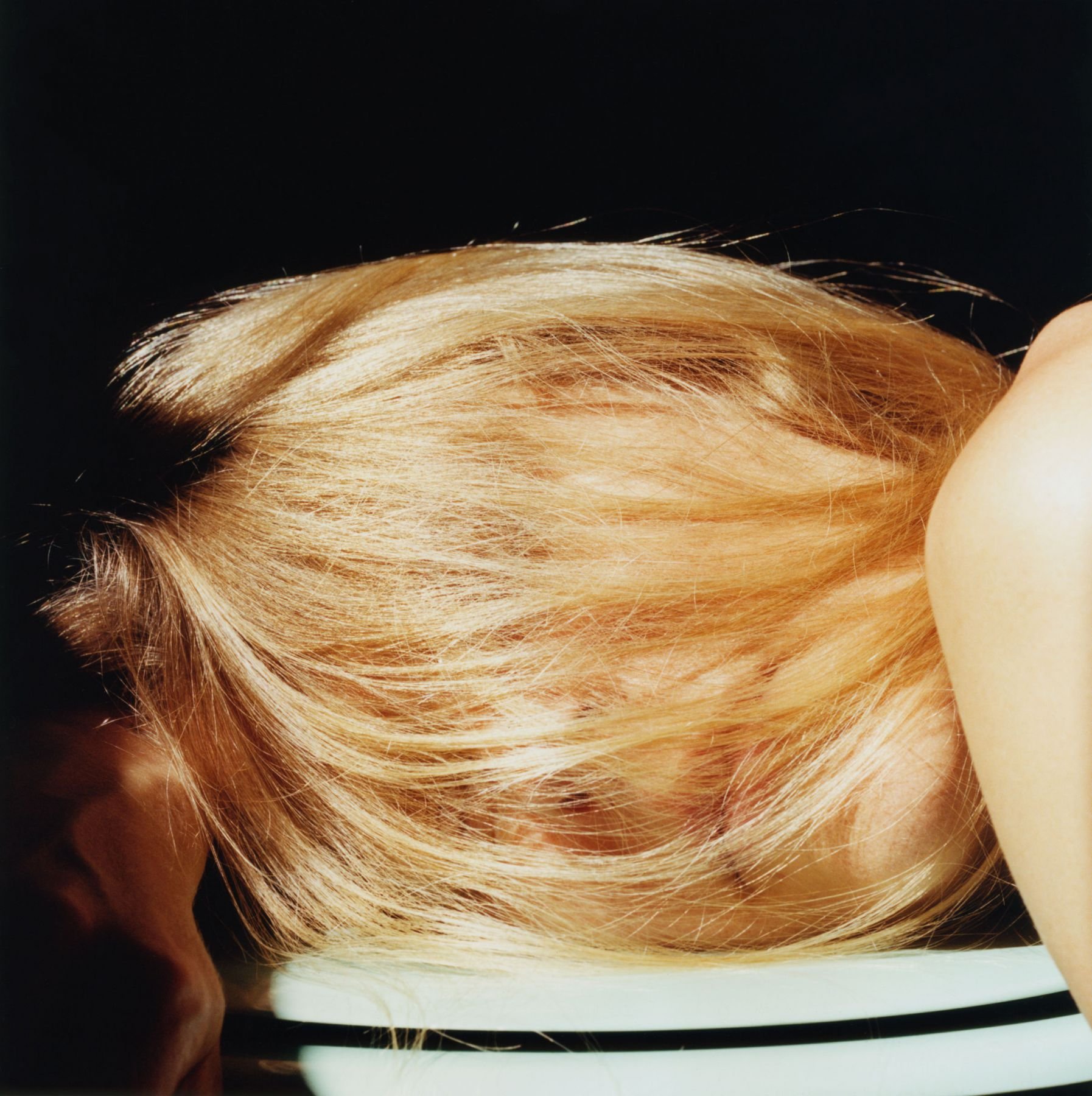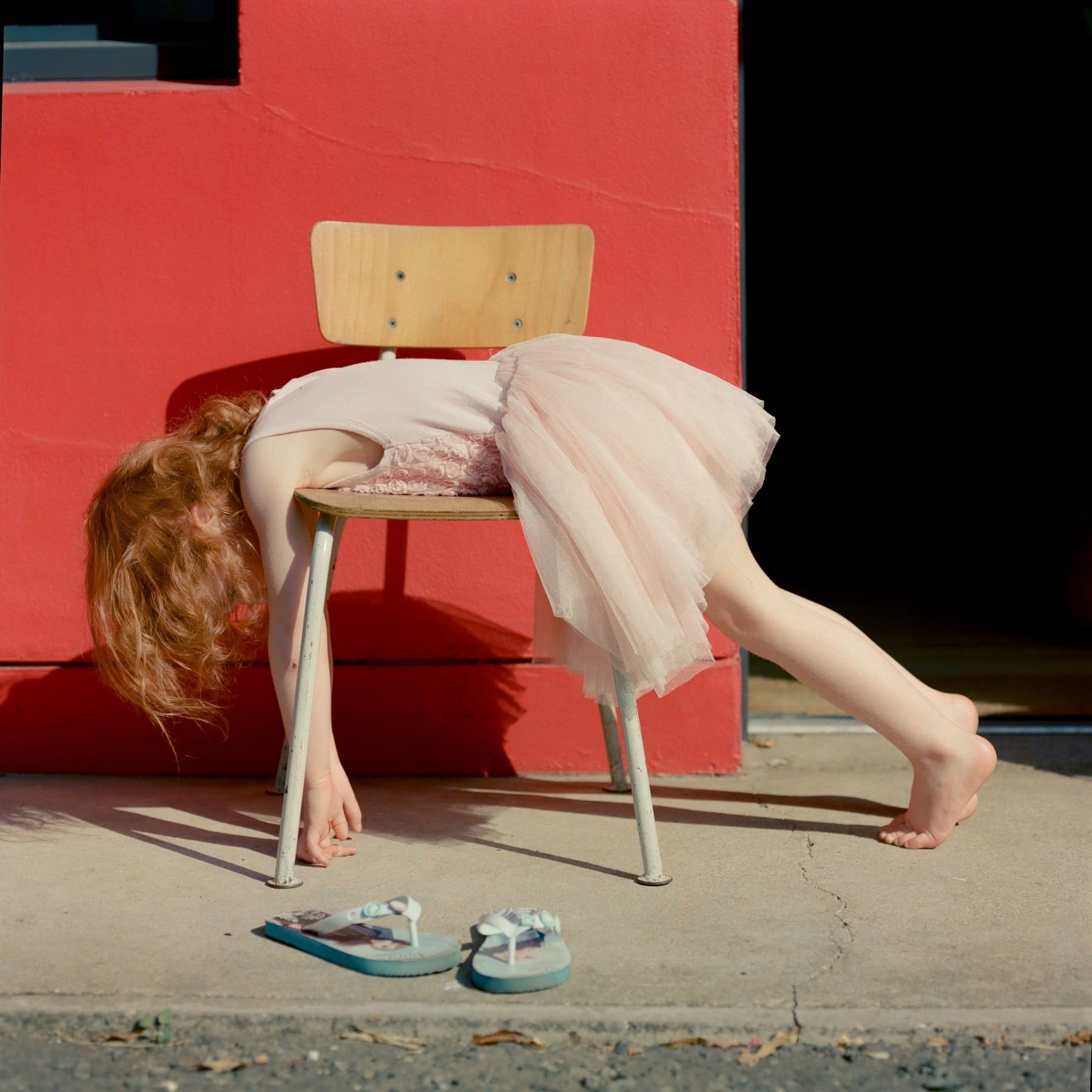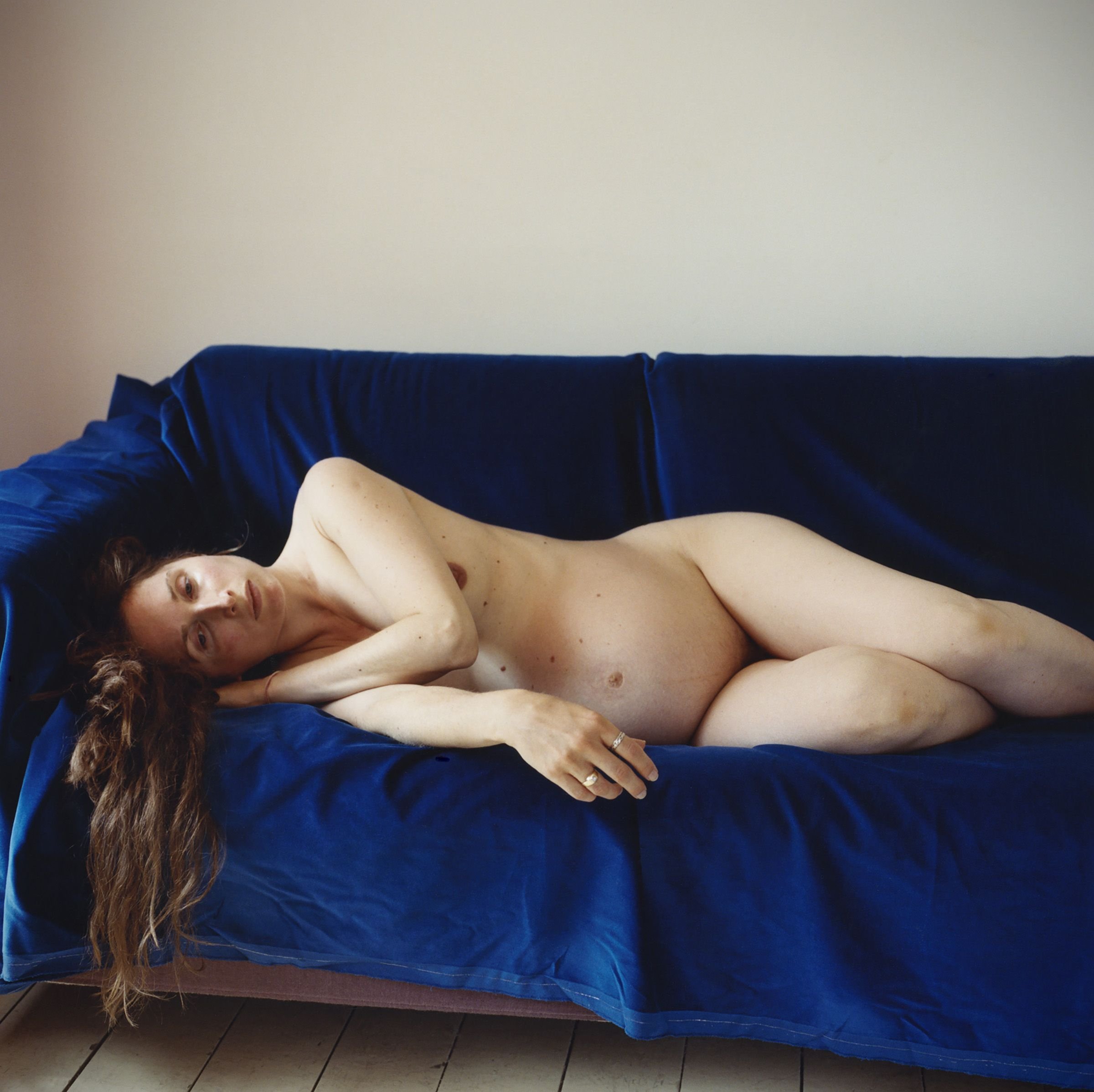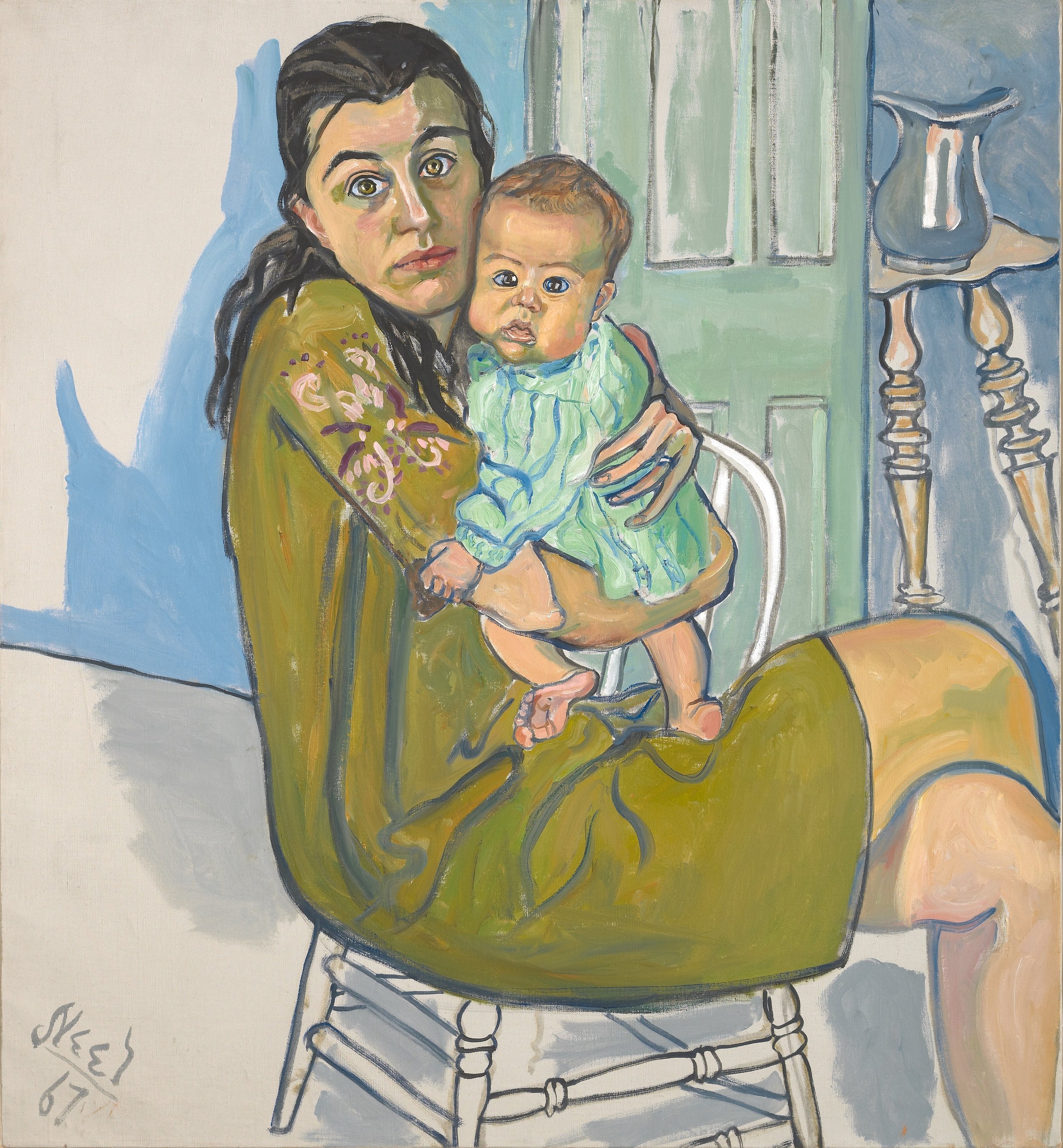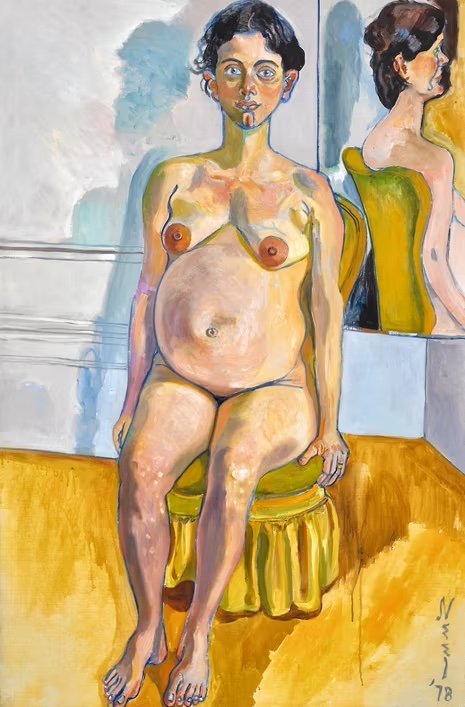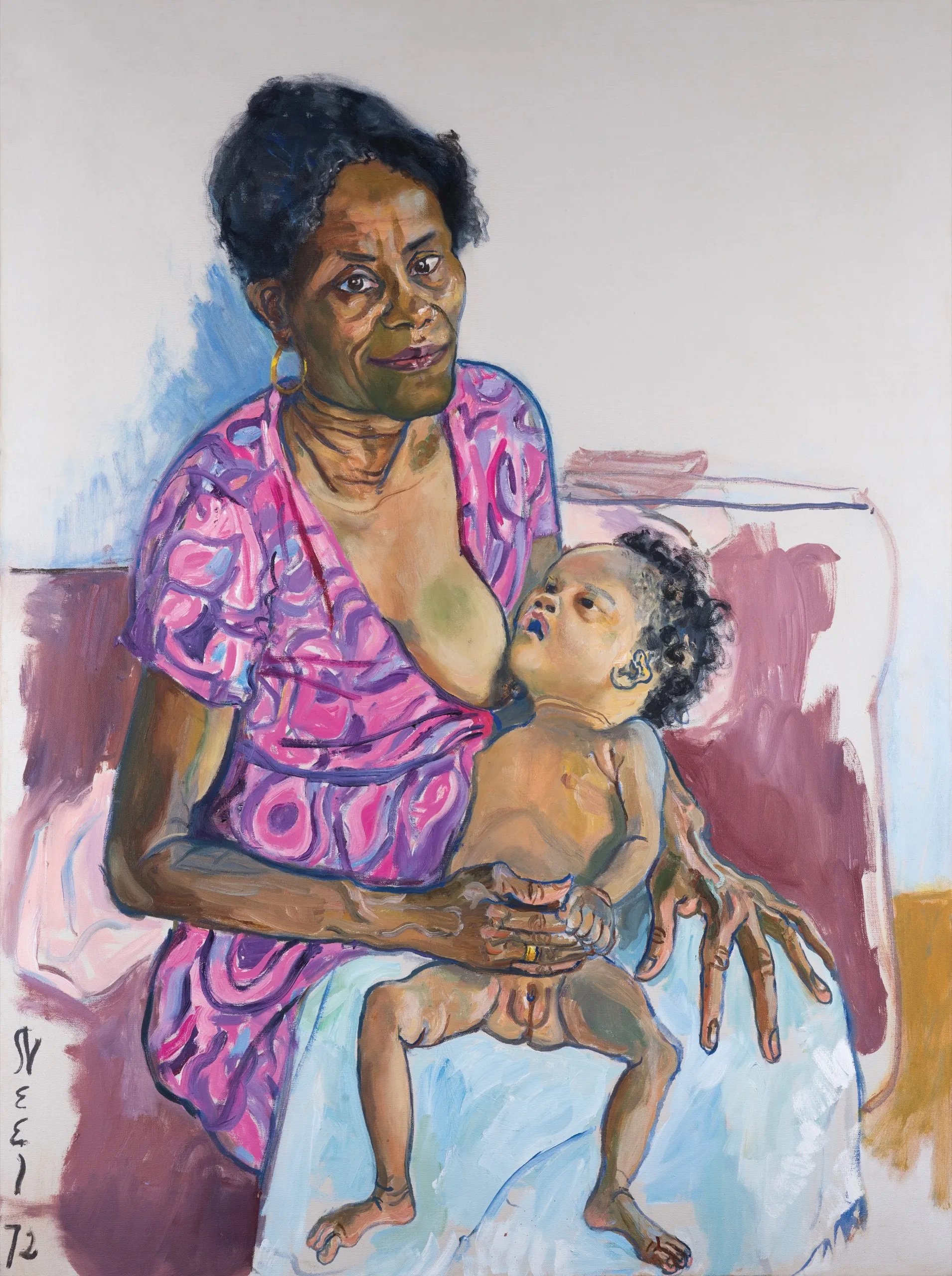Interview: Jennifer Pattison
Jennifer Pattison’s work Eggs & Stones #I is part of her ongoing series, Burnt Eggshells & All The Things I Left Behind (2017-2023 wip). The photograph of a shell-less egg nested in frosted grass was inspired by her daughters science experiments during the starvation of social interactions of the pandemic – the frozen potential of life.
Other pieces in the body of work explore Pattison’s personal experience as a first-time mother. Interruptions, love, exhaustion, magic and sacrifice make themselves apparent in beautifully captured analogue photographs of her daughter Florence, portraits of mothers-to-be, and objects which represented to the artist the passing of time during the primal phase of motherhood.
Ahead of her artist talk on the 20th of February, Jennifer Pattison sat down with us to give her perspective on the subject, illustrate how shooting analogue helps her suppress fears that arise from motherhood, and reflect on the vulnerability of mother artists’ careers.
Jennifer, thanks so much for your time. Firstly, what drew you to creating this body of work?
JP: I started making the work after I had my daughter Florence, who was born in 2016. As a photographer, it was quite natural for me to document this time in my life.
What manifested for me postpartum was such a huge shift and metamorphosis – of course physically, the way the body changes itself is absolutely bizarre and amazing – but what I wasn’t prepared for, was the shifting sense of self as I took on a new role of being a mother. There was also the enormity and responsibility that comes with bringing a small human into this world.
I wasn’t able to process all of these emotions and reflect on them until more than a year after giving birth. I turned to my practice as a way to make sense of what was happening around me with a new focus on the domestic space I spent most of my time. I was particularly productive during the periods caught between lockdowns. Lockdown felt like time had slowed down, allowing space for much needed reflection and a ‘growing’ into my ‘new’ self.
There are so many things this work represents, but its main purpose is to make sense of my personal response to motherhood. Florence became my muse for this work.
One of themes of the work is fear, a driving force behind this project. I didn’t have an easy birth and I found it traumatic which left me with so much anxiety as a new mum. I couldn’t help but think about mortality (my daughters and my own). These emotions created a need to document every minute, to get a sense of who she is, a need to freeze time. I was curious by literally watching time pass through my child’s growth, a daily visual reminder of my life hurtling past me. All the while, you’re ecstatically happy to see them grow and develop and become independent. It’s this strange, constant push and pull.
Prior to this ongoing body of work, I have always been interested in women, our community our place in the world. I’d been photographing women for decades, exploring ideas of body image, the matriarch and female bonds. I feel motherhood made me really see expectations/judgements on women where we can never win — if you’re not married, why have you been left on the shelf? If you’re in a relationship and childless, when are you having a baby? If you don’t want children, what’s wrong with you? Are you fertile? If you’re a mother, you’re sometimes viewed as ‘just’ that and if you have one child it’s ‘only’ one. I also have friends who at the same time I had Florence were questioning if they wanted children and who were embarking on fertility treatment to try to get pregnant.
Would you be able to tell our readers about the title’s significance, as well as the symbolism you explore in this series?
The title 'Burnt Eggshells & All The Things I Left Behind', comes from a Post-it note I found in an old notebook. It was a reminder to collect the rest of my stuff from a flat I was moving out of. One of the items was a tray of burnt eggshells that I was planning on photographing. I came across it a few years after becoming a mother and I read it with a whole new meaning. It was like a message I left for my future self, written at a time where lay ins and long baths were not cherished.
The egg is loaded with symbolism – fertility, the potential of life, transformation, protection, death – its oval shape mirroring infinity. Egg shells are made of calcium carbonate crystals, it is actually completely porous; things can move through it, it has to breathe. For me, it’s a holistic representation of what a mother needs to be. You need to be resilient and strong, the responsibility extending beyond biological connectivity to all children in the community. And it’s not just children, we mother each other, our parents. We might feel expected to be the carers because of our female identity. However new mothers can be vulnerable just like their babies, and in my experience, find it very hard to speak negatively about their experience. As many as 20% of women in pregnancy or in the first year of motherhood will develop a mental health problem, unsurprisingly due to dramatic fluctuating hormone levels as well as the sense that society has told us we can ‘have it all’ and therefore mustn’t ‘complain’.
You worked with analogue to capture these images. Could you tell us about the process, how the interruptions and unexpectedness of a child impacted the images you captured?
My process is slow, working with analogue, capturing only one or two photographs over a period of sometimes weeks, leaving a roll of film in a camera for a year before finishing it. While photographing post-partum I often created unintentional light leaks due to ‘baby brain’. I’d forget I had film in the camera and would open it, or I’d finish a roll and put it down because I got distracted, and then processed it a year or so later. I enjoyed the results of this interruption. I would download the WeTransfer from the lab and see baby Florence, like I had time travelled.
This work is made as and when there is good light in the kitchen or the garden. Often if it’s a portrait it will be more considered. I like to introduce colour into the work using velvet backdrops or curtains, playing around with colours associated with femininity and masculinity in this series.
Compositions happen naturally. I’ve grown familiar with the corners of rooms of my house, and times of day when the light works well for a picture. The image of Florence in the hallway eating a chocolate egg was one of those times – Florence was about four then, and happy to let me photograph her.
Finally, what were some literary or visual works that inspired Burnt Eggshells & All The Things I Left Behind?
I have been inspired and informed by many, many projects and photobooks and writings on the subject.
Just to name a few, Lucy Jones’s Matrescence: On the Metamorphosis of Pregnancy, Childbirth and Motherhood; Julie Phillips’s The Baby on the Fire Escape Creativity, Motherhood, and the Mind-Baby Problem; Karen Hearn’s Portraying Pregnancy: from Holbein to Social Media; Catherine McCormack, Women In The Picture women, Art And The Power of Looking; Jane Lazarre, The Mother Knot…
Alice Neel’s wonderful paintings, particularly Margaret Evans Pregnant, 1978 and the Russian painter Sanya Kantarovsky – Let Down, 2017. The photobook,The Quickening by Ying Ang.
I was also very lucky to have been selected as a mentee on the inaugural Trace Mentorship Programme. One of my mentors during this process was Hettie Judah who has written How Not to Exclude Artist Mothers (and other parents), a manifesto to educate and challenge attitudes within the art world towards artist mothers and parents.
In so many instances, motherhood can be a handicap in your career, forcing you to take breaks or mould what you want to do to fit into your caring role. If you’re a mother artist, it’s natural that you may wish to make work about the experience; and should do so without fear it will be rubbished or doesn’t sell.
I hope things are moving in a positive direction. I am seeing more and more bodies of work focusing on this theme. A signal that there is interest/acceptance of the pregnant image and on the subject of caring roles beyond stereotypical representations.
Jennifer Pattison will give an artist talk at Shoreditch Arts Club on the 20th February, moderated by art historian and curator Carrie Scott.
Members have access to all events in the programme — please contact events@shoreditchartsclub.com to RSVP.
Eggs & Stones #I by Jennifer Pattison is on view at Shoreditch Arts Club until the 26th of February, 2024.


